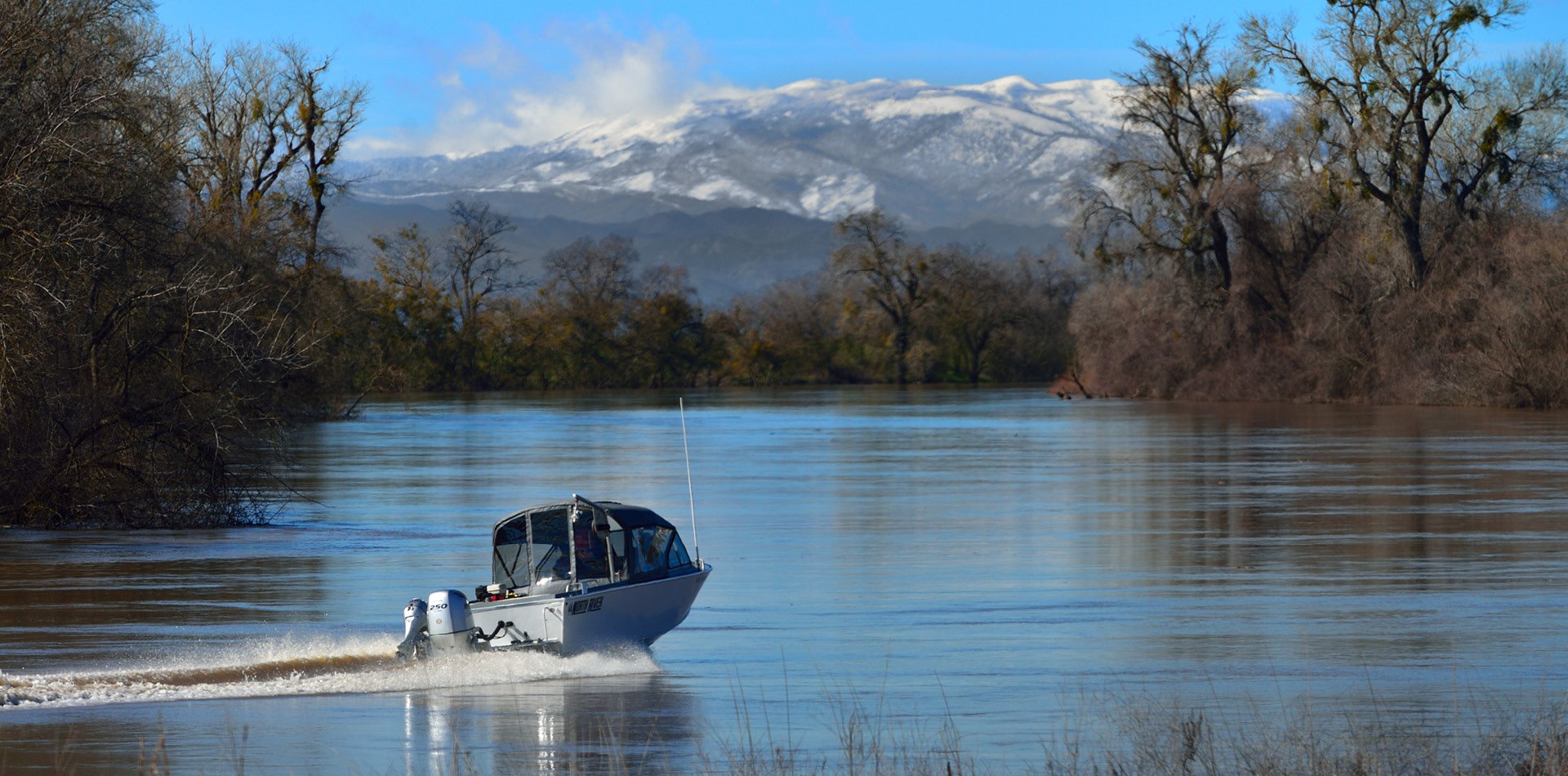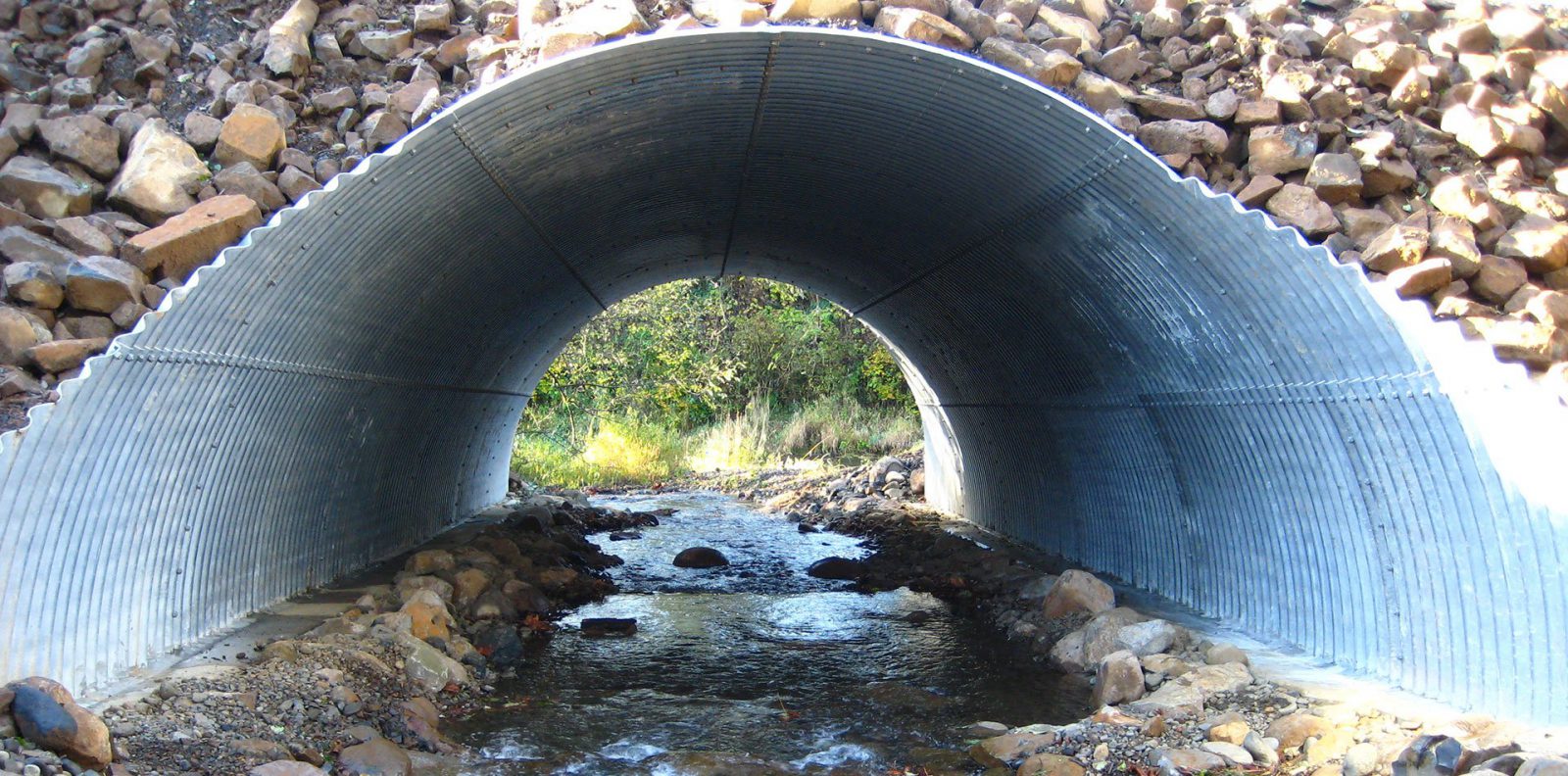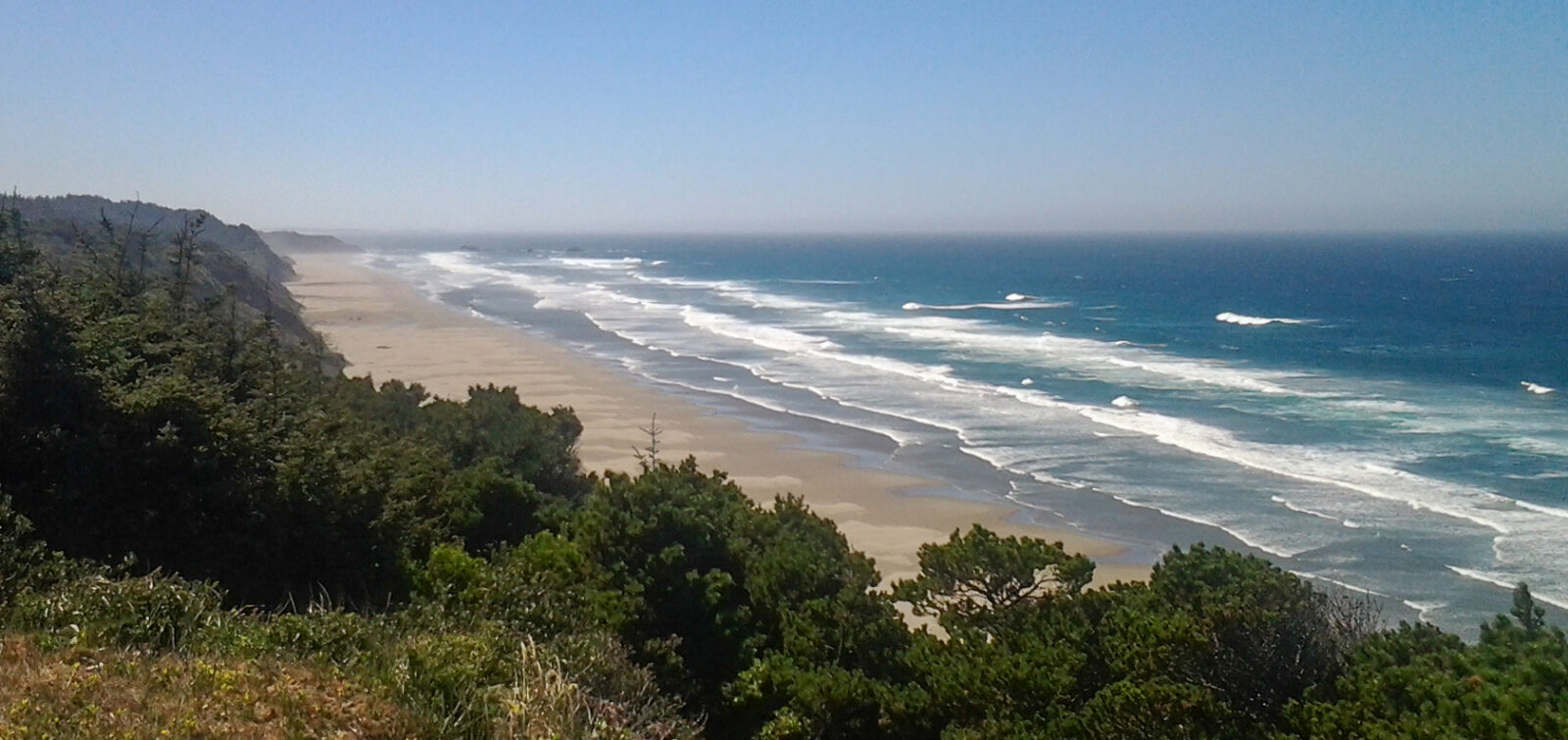Matthew Silva is a part of our Northern California Fisheries and Aquatic Science team consisting of 20 fisheries biologists. He oversees the implementation of large-scale fisheries research efforts as a field lead and project manager. We interviewed Matt to get an inside look on our fisheries team; here’s what we found out.
In a nutshell, what kind of work does the fisheries team do?
MS: We research, plan, and implement projects that focus on protecting fish and their habitat. In order to solve complex aquatic resource issues, we bridge the gap between data collection and management decision-making by providing objective scientific guidance. I think what sets the ESA fisheries team apart from our competitors is our ability to make high quality contributions across the entire project life-cycle – from planning and permitting, to study design and field implementation, all the way through to analysis, reporting, and public outreach.
What is your role on the fisheries team?
MS: My role is the field lead for our team. I facilitate the field implementation of projects that relate to fish or aquatic habitats. Ensuring that field staff has the resources and support needed to adequately collect important data is what I take pride in.
What drew you to work in this field fisheries and what path did you take?
MS: My passion for fly fishing is what primarily led me to this field. The description of courses listed under the Freshwater Fisheries Biology program at Humboldt State University excited me enough to take a break from fishing to earn a degree. After spending a few years studying trout in some of the most remote mountain habitats of California with CDFW, I was drawn to the complex and challenging management issues facing fisheries in the Sacramento-San Joaquin Delta. In 2012, I was fortunate enough to meaningfully contribute to the knowledge base of Delta fisheries by participating in fish movement and behavioral studies. I have been continuing in this capacity with ESA since 2016.
What’s your favorite part about working on the ESA team?
MS: The culture here. We have a tight-knit group of talented, multi-disciplined scientists who complement one another and help each other succeed.
Since joining ESA, what have been some of the most interesting projects you’ve had the opportunity to work on?
MS: Quite honestly, I find all of our project work to be very interesting, and that’s one of the reasons that I enjoy working here as much as I do. With that being said, I am particularly fond of working on the water, conducting fisheries assessments across California. One particularly interesting project is the Predatory Fish Relocation Study that is a huge field effort that we lead with our project partners to remove and relocate predatory fish away from sensitive migratory routes of endangered Chinook salmon.
What are some career development opportunities you’ve had here at ESA?
MS: I have been given many opportunities to develop my career here at ESA. In addition to being trusted with the responsibility that comes with managing staff and projects, I have been supported by our entire team which allows for program-wide growth. We do a fantastic job of training and developing from within, and that allows us all to grow and succeed. For example, I recently attended ESA’s rigorous project management training that is offered twice a year, and learned a lot about the latest thinking on effective management skills.
What are some of the most impactful things we can all do to in our daily personal lives to protect fish and preserve their habitat?
MS: I think that making conscious decisions at the grocery store is something all of us can do daily. Prioritizing organic, eco-friendly, sustainably harvested, locally sourced products over water-intensive, mass-produced, and chemically treated products would help contribute to better conditions for our fish friends.
Want to learn more about Matt’s team? Reach out to Matthew Silva, and be sure to let him know if you’re interested in joining the group – they are on the lookout for new talent!







